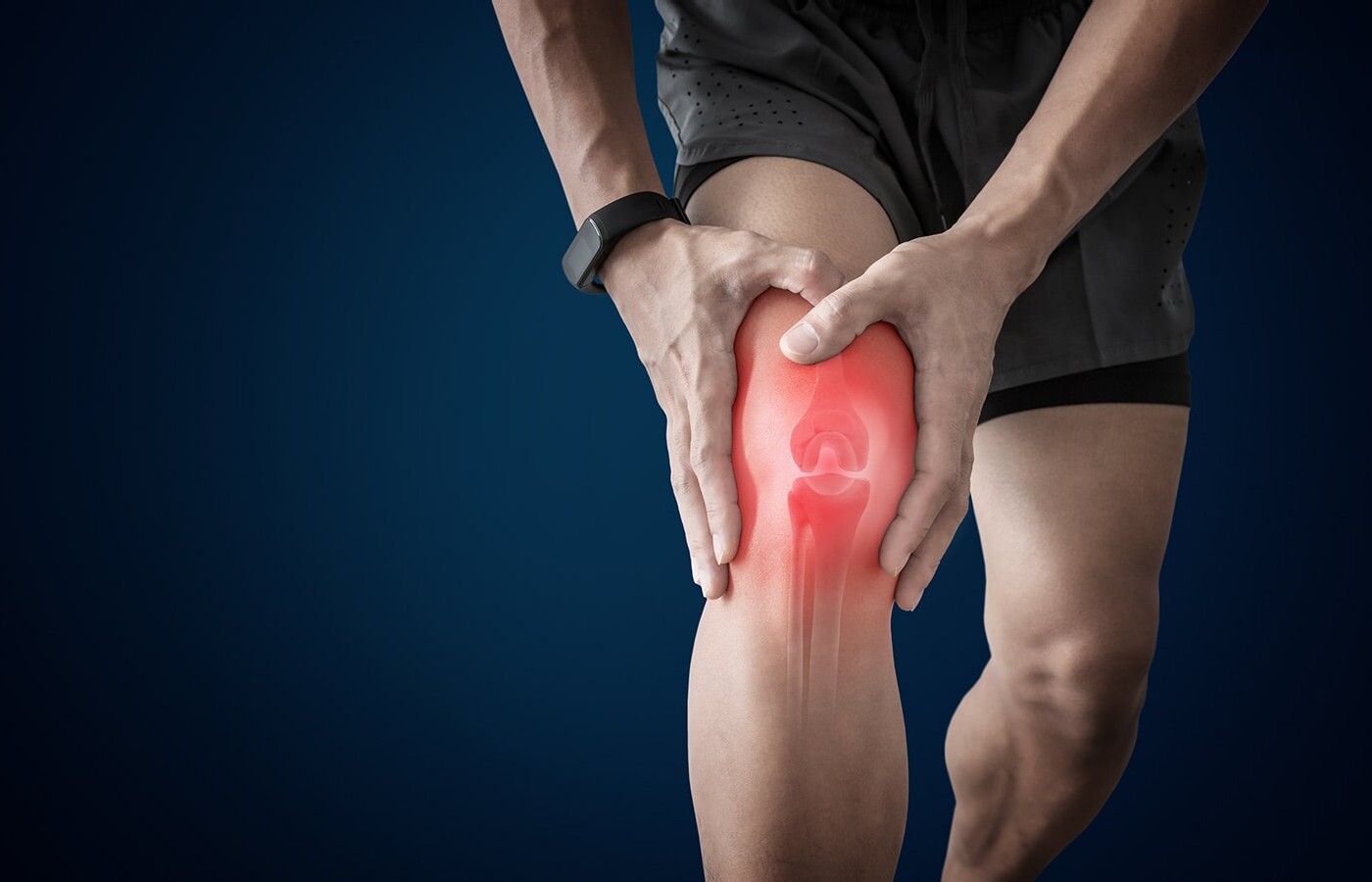
Plica Syndrome might sound like a mysterious condition, but it's more common than you think. This knee issue arises when a fold in the joint lining, called the plica, becomes irritated or inflamed. Symptoms often include pain, swelling, and a clicking sensation in the knee. Athletes, especially runners and cyclists, are more prone to this condition due to repetitive knee movements. Diagnosis typically involves a physical exam, MRI, or arthroscopy. Treatment ranges from rest and physical therapy to, in severe cases, surgery. Understanding Plica Syndrome can help manage symptoms effectively and keep you moving pain-free.
Key Takeaways:
- Plica Syndrome causes knee pain and swelling, often misdiagnosed. Athletes are more prone. Treatment includes rest, ice, and surgery if severe. Prevention involves proper warm-up and strengthening exercises.
- Understanding Plica Syndrome symptoms and risk factors is crucial. Overuse, trauma, and poor biomechanics can trigger it. Treatment options range from rest and physical therapy to surgery.
What is Plica Syndrome?
Plica Syndrome is a condition that affects the knee, causing pain and discomfort. It occurs when the plica, a fold in the thin tissue lining the knee joint, becomes irritated or inflamed. Understanding this condition can help manage symptoms and improve quality of life.
- Plica Syndrome is often misdiagnosed because its symptoms mimic other knee issues.
- The plica is a remnant of tissue from fetal development.
- There are four types of plica in the knee: suprapatellar, medial, infrapatellar, and lateral.
- The medial plica is the most commonly affected by Plica Syndrome.
- Symptoms include knee pain, swelling, and a clicking or popping sensation.
- Athletes are more prone to developing Plica Syndrome due to repetitive knee movements.
- Diagnosis often involves a physical exam, MRI, or arthroscopy.
- Treatment can include rest, ice, anti-inflammatory medications, and physical therapy.
- In severe cases, surgery may be required to remove the inflamed plica.
- Recovery time after surgery can vary from a few weeks to several months.
Causes and Risk Factors
Understanding what causes Plica Syndrome and the risk factors involved can help in prevention and early detection.
- Overuse of the knee joint is a common cause of Plica Syndrome.
- Trauma to the knee, such as a direct blow, can trigger the condition.
- Repetitive movements like running or cycling increase the risk.
- Poor biomechanics or improper alignment of the knee can contribute.
- Previous knee injuries can make one more susceptible.
- Age is a factor; it is more common in young athletes.
- Gender does not significantly affect the likelihood of developing Plica Syndrome.
- Obesity can increase stress on the knee, leading to inflammation.
- Weak thigh muscles can contribute to improper knee mechanics.
- Flat feet or improper footwear can also be risk factors.
Symptoms and Diagnosis
Recognizing the symptoms and understanding the diagnostic process is crucial for managing Plica Syndrome effectively.
- Pain is usually located on the inner side of the knee.
- Swelling may occur around the knee joint.
- A clicking or popping sound can be heard when bending the knee.
- Stiffness in the knee, especially after periods of inactivity.
- Locking or catching sensation in the knee joint.
- Tenderness when pressing on the affected area.
- MRI scans can help visualize the inflamed plica.
- Ultrasound may be used to assess the condition.
- Arthroscopy is a minimally invasive procedure to diagnose and sometimes treat Plica Syndrome.
- Physical examination by a doctor includes checking for tenderness and range of motion.
Treatment Options
Various treatment options are available for Plica Syndrome, ranging from conservative methods to surgical interventions.
- Rest is essential to reduce inflammation.
- Ice packs can help alleviate pain and swelling.
- Anti-inflammatory medications like ibuprofen are commonly used.
- Physical therapy focuses on strengthening and stretching exercises.
- Corticosteroid injections may be administered to reduce inflammation.
- Knee braces can provide support and stability.
- Surgery involves arthroscopic removal of the inflamed plica.
- Post-surgery rehabilitation is crucial for recovery.
- Alternative therapies like acupuncture may provide relief.
- Lifestyle changes such as weight loss can reduce knee stress.
Prevention and Management
Preventing Plica Syndrome and managing its symptoms can significantly improve quality of life.
- Proper warm-up before physical activities can prevent knee injuries.
- Strengthening exercises for the thigh muscles can improve knee stability.
- Stretching regularly helps maintain flexibility.
- Wearing appropriate footwear can prevent improper knee alignment.
- Maintaining a healthy weight reduces stress on the knee joints.
Final Thoughts on Plica Syndrome
Plica Syndrome, though not widely known, can cause significant knee pain and discomfort. Understanding plica syndrome symptoms like knee pain, swelling, and clicking sounds helps in early diagnosis. Treatment options range from physical therapy and anti-inflammatory medications to, in severe cases, surgery. Preventative measures include maintaining a healthy weight, regular exercise, and avoiding repetitive knee strain.
Knowing these facts empowers you to take proactive steps in managing and preventing this condition. If you suspect you have Plica Syndrome, consult a healthcare professional for a proper diagnosis and treatment plan. Staying informed about your health is always beneficial.
Remember, knee health is crucial for overall mobility and quality of life. Taking care of your knees today can prevent issues down the road. Stay active, stay healthy, and keep those knees in top shape!
Frequently Asked Questions
Was this page helpful?
Our commitment to delivering trustworthy and engaging content is at the heart of what we do. Each fact on our site is contributed by real users like you, bringing a wealth of diverse insights and information. To ensure the highest standards of accuracy and reliability, our dedicated editors meticulously review each submission. This process guarantees that the facts we share are not only fascinating but also credible. Trust in our commitment to quality and authenticity as you explore and learn with us.


